The biggest difference between outdoor running and marathon running is the uncertainty in running, but the best thing is the surprise brought by this uncertainty! How can we deal with the uncertain road conditions healthily and scientifically while enjoying outdoor running?
Many friends who just started running will have some distresses about running downhill and downhill, and don't know how to run. Well, today and everyone to discuss how to run up and down the knee does not hurt it!
First, running downhill will not hurt the knee?
As the saying goes, “It's easy to get down the hill,†and running on the uphill is not difficult. The key is to do what it takes. Downhill, pay attention to speed and landing, do not go straight down and you will hurt the knee.
It is recommended that junior runners should have the ability to climb by running and recover after walking downhill if they just started climbing.
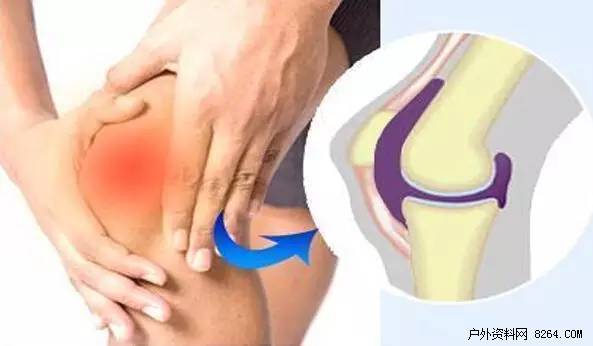
Injured knees, in fact, the more knee friction, the greater the chance of injury. Running is precisely the need to use more knee exercise. This is why many people are afraid of running.
Whether running will damage the knee depends on whether the running posture is correct, whether the support of the relevant muscle group is in place, and whether the shock absorption function of the shoe is superior. There is no direct relationship between knee injury and running itself, and there is no necessary connection with the slope of the running site.
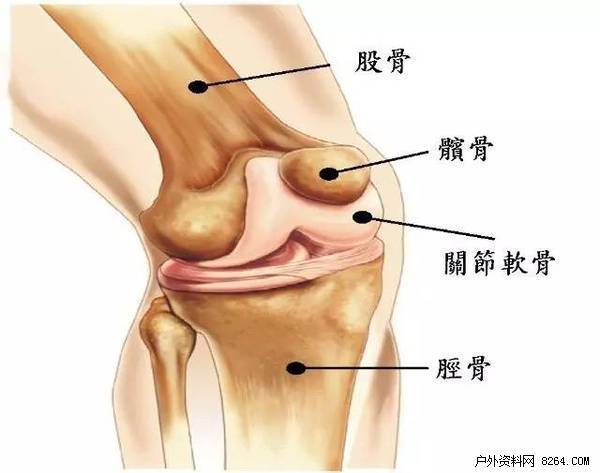
Second, what are the skills for running downhill?
1. The essentials of running uphill
(1) When climbing uphill, the center of gravity will lean forward and the back will remain upright. When climbing a hill, the head should be lifted slightly and the line of sight should be in the distance. This helps maintain a good upper body posture.
(2) Swing your arms backwards and swing them forward quickly to increase the frequency of the swing arm's pace. If the arms are swaying too high, not only invalid work is performed, but also balance is easily lost. Therefore, the position of the swing arm should be observed.
(3) Use gluteal muscles and hamstrings consciously when climbing uphills, while focusing on breathing and keeping the same breathing frequency running peacefully.
(4) The common mistakes of running uphill are mainly the violent backwards depression during the uphill process. Don't push your head upwards. This will cause the center of gravity to ups and downs and waste a lot of energy.
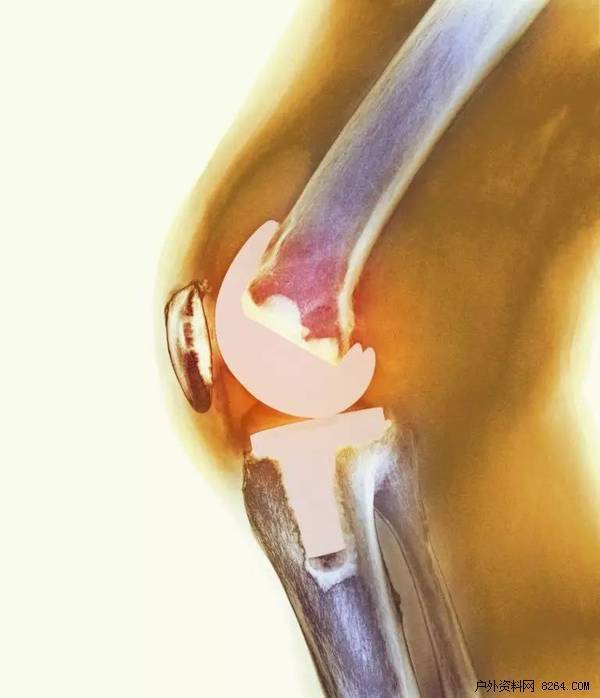
2. Downhill running 诀çª
There is no standard answer for downhill running. The emphasis is on spending time and effort in practice. But in terms of details, there are several points worthy of the attention of runners:
(1) Do not let the pace lead the body when running downhill, but first tilt the center of gravity forward and obliquely downward. Because the body leans forward, even the legs will naturally fall forward. After the soles of the feet leave the ground, do not intend to swing the legs backwards. Instead, take the foot forward as soon as possible. With this circular motion, the legs alternate forward.
(2) The forefoot lands first, then the heel strikes the ground. For example, if the heel strikes the ground after each use, the legs will contact the ground at a backward angle, and the force will rebound upwards. That is, each time the foot will crouched on the ground, causing several times the body's gravity to act on the knees. Joints are prone to knee pain.
(3) When looking downhill, do not look at your own feet. Instead, look down at a distance of about 5 to 10 meters depending on your downhill speed. This will allow you to predict in advance for various conditions on the road surface. , choose the location suitable for stamping.
(4) The pace of the downhill must not be too great, or once the foot slips, there is no way to take the next step in time and it is easy to fall.
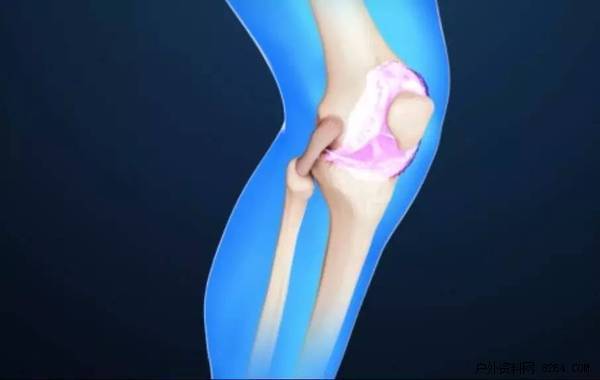
Third, how hard is it to practice the strength of running downhill?
1. Uphill training: Before the training starts, warm-up training is also required. The best strength is to keep the body slightly sweaty and not to sweat. After the end of the warm-up, use the power of about 70% of the full-force running state to run uphill with a fast pace, and then slow down the speed when the top of the hill folds back downhill to recover and adjust the breath. So reciprocate 5 to 7 groups, and finally finish the uphill section with a 15- to 30-minute jog.
2. Downhill training: Before the formal training, the same warm-up jogging starts, and then rushes downhill with the speed of 5 to 10 kilometers flat road. When you come back uphill, you need to narrow down the pace and adjust the breath with a comfortable pace jogging. . So reciprocating 3 to 5 groups, and finally jogging on the flat road as the training of the closing.
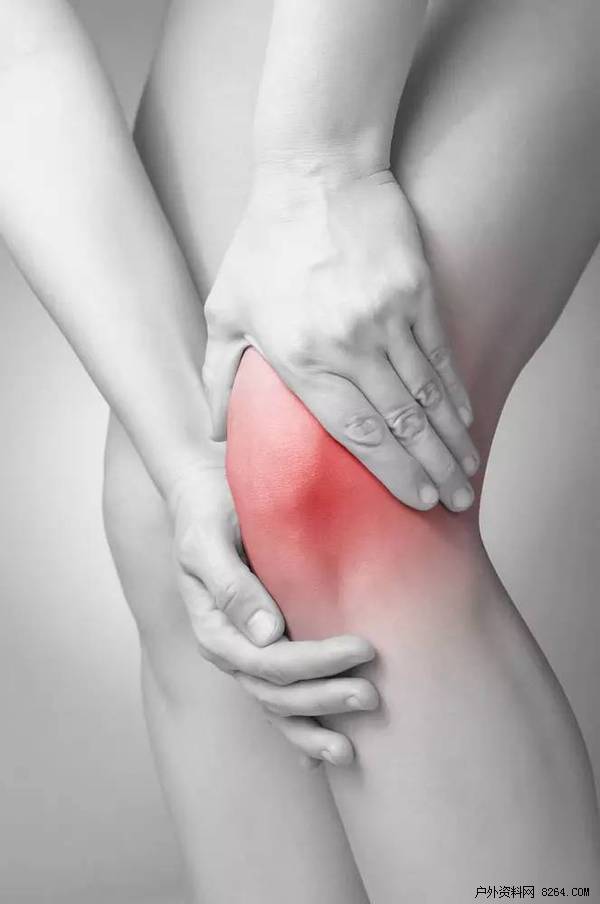
Fourth, how to practice on the treadmill running uphill?
You need to warm up before you run the treadmill uphill. As the uphill run has a greater burden on the heart, lungs, and muscles, it is recommended that you monitor the intensity with a heart rate monitor.
The picture below shows how the treadmill hill climbing practice method can help you.
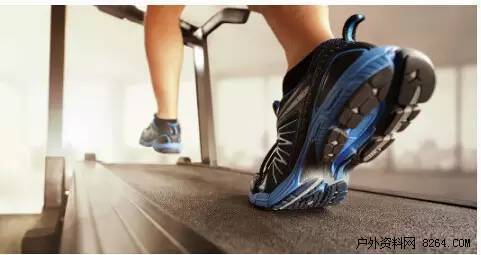
Do not forget to stretch after running, let the muscles restore elasticity, extension, softness.
It's fine to do it once or three times a week. There should be a proper rest interval between the muscles to allow the muscles to fully recuperate and receive every training.
Shaoxing Haotuo Machinery CO., LTD. , https://www.haotuochinatools.com